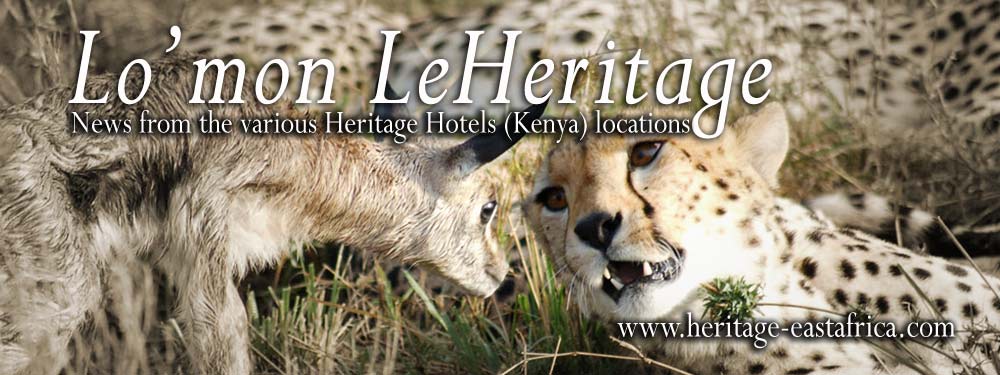The annual Mara migration has taken a dramatic new turn over the past fortnight, with a large proportion of the wildebeest herds crossing to the western side of the reserve and back over the Tanzanian border. Although scientists and guides are divided as to the reasons behind their early departure, it is believed that changes in local rainfall patterns and the recent burning of grass in the northern Serengeti must have played a role. Just how the herds in the Mara knew about this remains one of life’s great mysteries…
The Serengeti usually sees large-scale burning of grass in late July in preparation for the short rains expected in August. When these rains arrive, the plains in the northern parts of the Serengeti flourish, with nutritious new shoots attracting a large number of herbivores. However, this time around, the burning has been less widespread and sporadically carried out – leading, it seems, to considerable confusion among the normally habitual herds.
Over the past few days, several of the departing wildebeest have started to head east and back into the Mara around Sand River Gate, with several hundred currently congregating around Roan Hill and Lookout Hill. At the time of writing, Sand River looks like a regular day in mid-July, when most wildebeest and zebra are entering the Mara for the first time. So, it seems that a "second migration" is in the offing – just a month after the first one began!
That being said, the change in local rainfall patterns and the confusion brought about by the sporadic burning of grass in the Serengeti are expected to cause further changes in the concentration and duration of the wildebeests' stay in the Mara. It has been dry for a number of weeks now, so any rain coming soon could cause major changes in the overall pattern of the migration.
Predators
The Mara's big cats are beginning to adjust to the changes wrought by the sudden departure of the large herbivore herds from much of the reserve. Despite this, we have enjoyed regular sightings of all the cats over the past week. Bella our beautiful leopard can now be seen frequently along the Talek River, with her three-year-old male cub often following obediently behind. Heritage guests have also been blessed by several sightings of Kike, our world-famous Big Cat Diary cheetah, over the past week.
The Ridge and Bila Shaka lion prides remain settled in their respective territories, although we have witnessed some changes among the dominant male hierarchies of the Olkeju Ronkai pride within the past two weeks.
As usual, we would be grateful for any observations from individual visitors, who can write directly to our head guide Paul Kirui at: safariguide@mara-intrepids.co.ke. We wish you all happy migration watching!
22-08-06%20Issue%205.jpg
